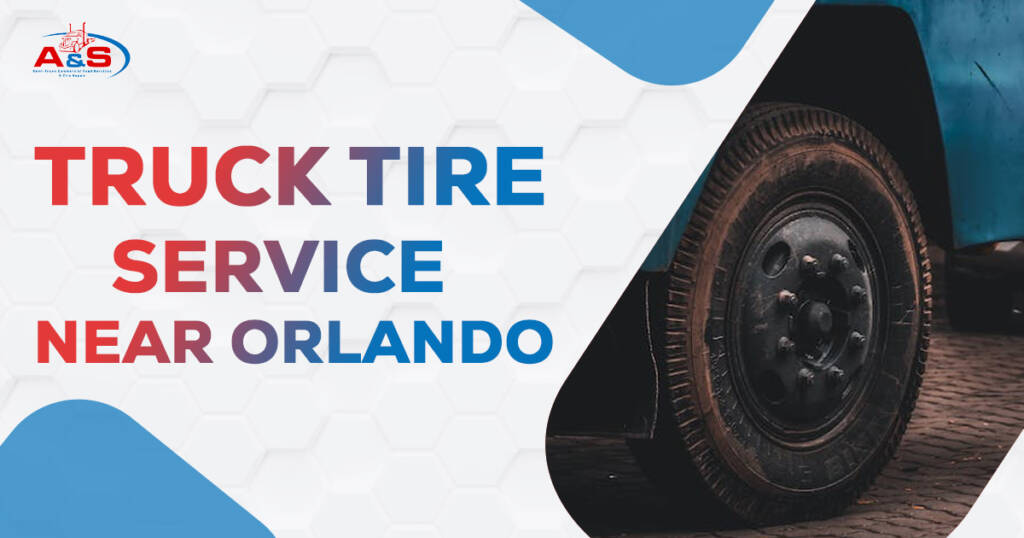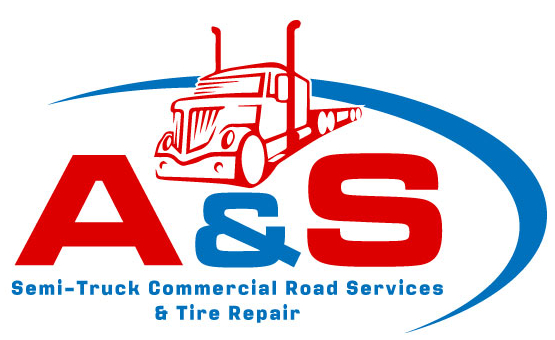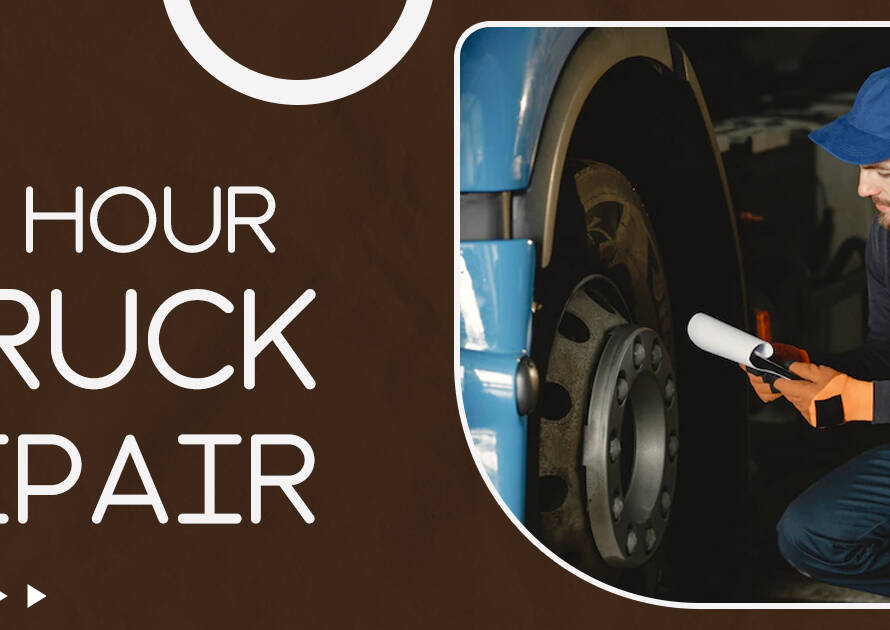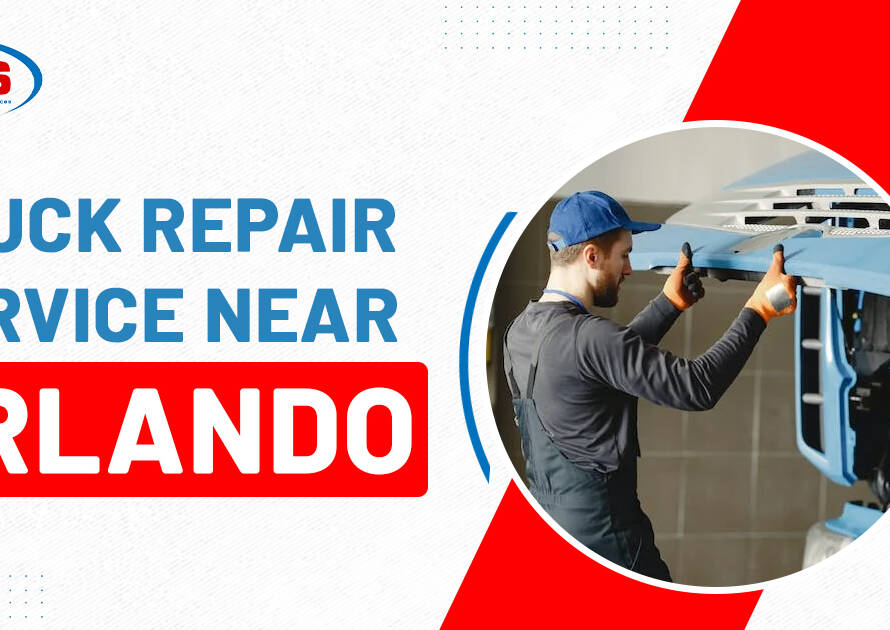The term truck tire service near Orlando can apply to either replacing a worn-out tire with a new one or fixing a small puncture in the tread of an existing tire. Although it might seem like a chore that anybody with two hands could accomplish, it is strongly advised that you go to a company specializing in fixing tires to guarantee that the issue will be resolved to your satisfaction.
Why it’s possible that you need to get your tire fixed.
Because of the poor quality of tires available in the past, vehicle owners frequently had to go through the unnecessary inconvenience of fixing their tires. Tires nowadays are designed to resist even the worst circumstances that can be found on the road, thanks to the efforts of truck tire service near Orlando and advancements in technology. Although this is mainly accurate, it is not unusual for people to find themselves in a situation where they need to have their tire(s) fixed owing to the weather or other risks on the road.
Advantages of regular tire maintenance
Protection: Tires are designed to operate in a risk-free manner. Tires need to be regularly maintained in order to function according to the specifications provided by the manufacturer. Problems with handling might be caused by tires that are inflated incorrectly. If the tires on your car are in bad condition, the vehicle may not accelerate, brake, or steer as it should. When tires are not filled to the necessary pressure, antilock braking and traction control systems cannot function as intended. Accidents are more likely to happen when tires don’t handle as they should because of improper inflation or other maintenance concerns. This increases the risk of getting into an accident. That’s why truck tire service near Orlando is necessary.
Fuel Consumption: Maintaining the correct air pressure in your vehicle’s tires will improve your fuel economy, allowing you to go longer between tank fill-ups. And spending less on petrol or fuel. Lengthens the Time a Tire Can Be Used – It has been demonstrated that maintaining the correct tire pressure will result in a slower rate of tire degradation. Maintaining the correct tire pressure and following other recommended maintenance procedures such as rotating, balancing, and aligning the tires can help you avoid undesirable wear patterns on your tires, which might result in an earlier than-necessary need for replacement. In this matter truck tire service near Orlando comes in hand.
Maintaining the correct air pressure in your tires might help you save money at the pump. Therefore, proper tire care might ultimately reduce carbon dioxide (CO2) emissions and other pollutants into the atmosphere.
Cost Reduction: Tires that have been properly maintained can help a vehicle run more effectively and will have a longer life. Truck tire service near Orlando will save money on tire replacement. It’s possible that with regular tire care, you may save a couple of tanks of petrol per year (depending on the miles traveled, this could be hundreds or thousands of dollars). How much will it cost you to get your tires repaired?
Repairing a tire won’t set you back an arm and a leg, but it will take up some of your time while it’s being done. If you want to have a hole in your tire repair, you should plan on spending between ten and twenty dollars, on average. This is the range of what you should expect to pay. The size of the hole in your tire makes a significant difference and will be the primary factor in determining how much you will have to spend to get it fixed. In this regard, truck tire service near Orlando is necessary.
Important information you should be aware of about tire repair
It is advised that you go to a licensed truck tire service near Orlando if feasible, even if you can buy your own kit and fix the tire on your own if you so want. You have various alternatives when deciding on a specific repair kit to meet your requirements. You should get a new tire if the sidewall of your current tire is damaged for any reason. If you fail, more damage may be done to your tire. It is not possible to plug sidewalls. If you buy a kit to fix your tire yourself rather than taking it to a business, it will only cost you approximately $9 rather than the $10 to $20 it will cost you at the shop. You could get lucky and find a store that will fix your tire at no cost to you, but that will depend on which truck tire service near Orlando you choose.

When a tire has to be repaired, what procedure is followed?
A tire plug is exactly what it sounds like; it is a sticky expanding plug that is put into the puncture in the expectation that it will hold the injury secure for a sufficient amount of time for the tire to be re-inflated with air. Regarding the explanation, a patch is also relatively easy to understand. This piece of material, which can also be referred to as a radial patch, is utilized in the process of mending a punctured tire. The heat generated by driving causes the patch to gradually melt into the tire, removing any traces of repair that may have been there. In the event that you have a flat tire, the majority of automobiles are outfitted with extra tires. Depending on the situation’s specifics, you might need to visit the auto parts store in your neighborhood to get a new tire.
The Distinction Between a Repair Plug and a Patch
It is more probable for a car owner to return in a shorter length of time for yet another repair after receiving a plug as opposed to a patch, despite the fact that the plug takes less time and may be removed without removing the entire tire in contrast to the patch.
Due to the fact that tires will last longer, you will be able to save money on the purchase of one or two sets of tires throughout the course of a truck‘s typical lifespan. You should check over the owner’s handbook for your car if you are unsure about how to properly inflate your tires or the specifics of maintaining them on a regular basis. Maintaining your tires on a regular basis will keep them in better condition, save you money, and enhance your level of safety.
Strategies to Reduce the Rate of Tire Wear and Tear on Commercial Trucks
Fleet managers are aware of the potential adverse effects that tire deterioration may have on profitability. Simply purchasing replacement tires is the second-largest operational expenditure for fleets. In our most recent piece, we will discuss some of the ways in which wear on commercial trucking tires can be reduced. Truck tire service near Orlando tire technicians should be trained and qualified by TIA, so they know how to extend the useful life of your tires. The life of your commercial trucking tires may be extended with the aid of these ten helpful recommendations we’ve produced.
Upholding an Appropriate Level of Inflation
The pace at which a tire wears out is proportional to the pressure at which it is inflated. Make sure that your drivers conduct pre-trip inspections, which should include checking the air pressure once a week or once a day, depending on the length of their route and how they often travel.
The ratio of pressure to load
To get the most out of your tires, you need to make sure that the inflation pressure is set appropriately for the weight that you have on board at all times. Gathering information on your fleet’s axle loads and comparing it to online charts that are accessible on the websites of most tire suppliers will allow you to calculate the appropriate air pressure for the tires used on your commercial trucking fleet.
Take It Easy on the Gas
The increased heat generated by traveling at higher speeds transfers to your tires, causing them to degrade more quickly than would otherwise be the case. According to research provided by Goodyear, when motorists increase their speed from 55 to 75 miles per hour, they cut the overall tread mileage on their tires by more than 20 percent. Probably one of the most effective approaches to reducing tire wear on commercial trucks.
Not only can driving aggressively and abruptly cause undue wear and tear on tires, but it can also cause wear and tear on more critical mechanical components. Avoid letting the increased demand for your delivery lead to an eventual increase in the amount you spend on maintenance and replacement parts.
In addition, your drivers should do routine inspections of the tread depth of their tires in order to identify any signs of premature or abnormal wear. Request that they carry out regular checks visually or by using their hands to feel for anomalies in the system.
The Process of Comparing and Changing
When you decide to replace a tire, check to see that the tread wear on the new tire matches or comes as close as feasible to match the tread wear on the tire positioned directly across from the old tire. If this does not happen, the tire with the deeper tread depth will wear early because of the constant scraping.
Changes to the Tires
Rotating your tires, which bring tires from the rear to the front and vice versa, is one of the most efficient ways to slow down the wear on commercial truck tires. This allows for more even wear on all of your tires. It is possible to retread a tire up to three times, and in some cases even four times, and the tire will still function well. This is an efficient approach to extend the life of your tires and make the most of your fleet budget, all while maintaining a safe operating environment.
Don’t Ignore the Duals on the Inside
Due to the increased difficulty in determining whether or not the inner tires on dual assemblies have the appropriate amount of air pressure, these tires are more likely to be disregarded. Check up on your inner duals on a regular basis to show them some appreciation. Recent research has shown that many fleet managers aren’t aware of the true extent of the costs associated with their operations. Make sure that you are familiar with all of the indicators associated with tire degradation because these metrics can have significant consequences for other operation elements, such as fuel efficiency.
When it comes to tire care, fleet management and the drivers under their supervision should always have the same understanding. Everyone is better off when proper tire maintenance procedures are followed. Education and training may assist ensure that everyone operating a vehicle and working in the yard is aware of their responsibilities within the context of a fleet’s tire care program. Fleets are better prepared to prevent downtime and increase safety on the road when everyone knows their role, including what proactive maintenance actions to take and when everyone knows what steps to take.
Debunking Tire Myths
When it comes to tires, there is no shortage of urban legends. It is more important than ever to have accurate information on truck tires since false information is circulating at a rate that is much faster than in the past. There is a common misconception that all tires are made to the same standard.
“Tires are very sophisticated pieces of technology designed to fit a wide variety of vehicles, equipment, and purposes. Because of this specialization, it is essential to choose the right tire for application and usage in order to provide the highest level of tire safety and performance. According to Chen, those in charge of managing fleets should take into account the kind of vehicle, the Gross Axle Weight Rating (GAWR), the required speed, the conditions of operation, and the tire parameters such as size, load range, and intended application.
According to Bridgestone, fleets need to pick tires with application and position in mind because they are operating their vehicles for more extended periods while carrying higher loads. Retreading refers to the practice of changing the tread on a tire casing. Rather than withdrawing the tire from service after its initial usage, is the subject of yet another urban legend.



